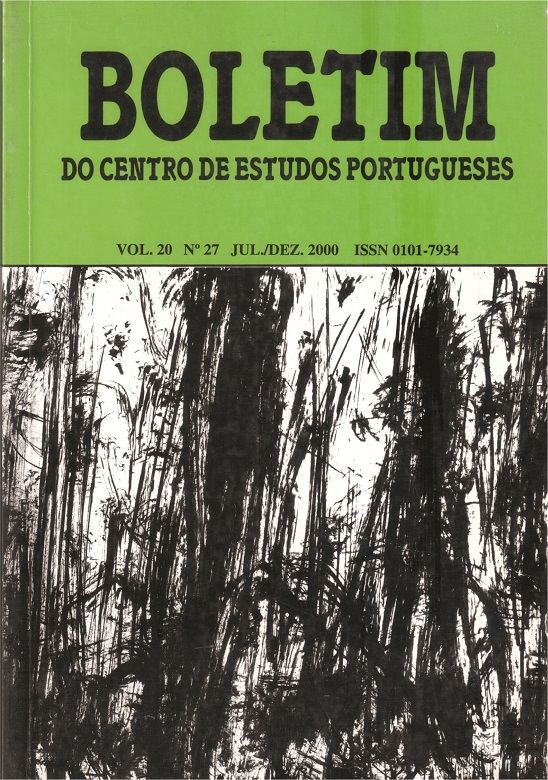Gil Vicente e a máximo do amor ao próximo
DOI:
https://doi.org/10.17851/2359-0076.20.27.301-320Abstract
Este artigo é uma leitura do teatro de Gil Vicente, o organizador dos espetáculos da corte portuguesa, na primeira metade do século XVI. A dicotomia entre o dizer e o agir dos representantes da Igreja e da Nobreza é criticado, pela via da alegoria didáticocristã, apontando não só para sua crença nos valores cristãos, mas também para sua desilusão à derrocada do mundo. Nas falas dos seus personagens diz seu sintoma: um sujeito dividido entre o que foi supostamente perdido e o que poderia ter sido ser reencontrado. Assim, a frustração, em vez de conduzir à melancolia, é sublimada pela via da sátira, onde o grotesco tem a função de apresentar o esfacelamento da dignidade humana.
This article is a view on Gil Vicente’s theatre, the responsible for the representation in the Portuguese court, in the first half of XVI century. The dicotomy between words and actions of the representatives of clergy and nobility is criticized through a didatic and christian regard, focusing on his beliefs in christian standards but also revealing the delusion and the failure of the world. His symptons are shown on the lines of his characters: the posture of someone divided between what had been lost and what could be found. Thus, his frustration, instead of leading him to melancholy, is sublimed and the grotesque, then, represents the ruin of human dignity.










